Support System of the Body
All the bones of the body make up the skeletal system. This system provides the framework that allows us to stand up-right and also protects delicate internal body parts like the liver,the heart,the lungs and so on. An adult has about 206 bones. The number of bones varies from person to person because of the differences in the number of small bones in the hands and feet.
The bones are distributed in this way:
skull, 29 bones
spine, 26 bones
ribs and breastbone, 25 bones
shoulders, arms, and hands, 64 bones
pelvis,legs, and feet, 62 bones
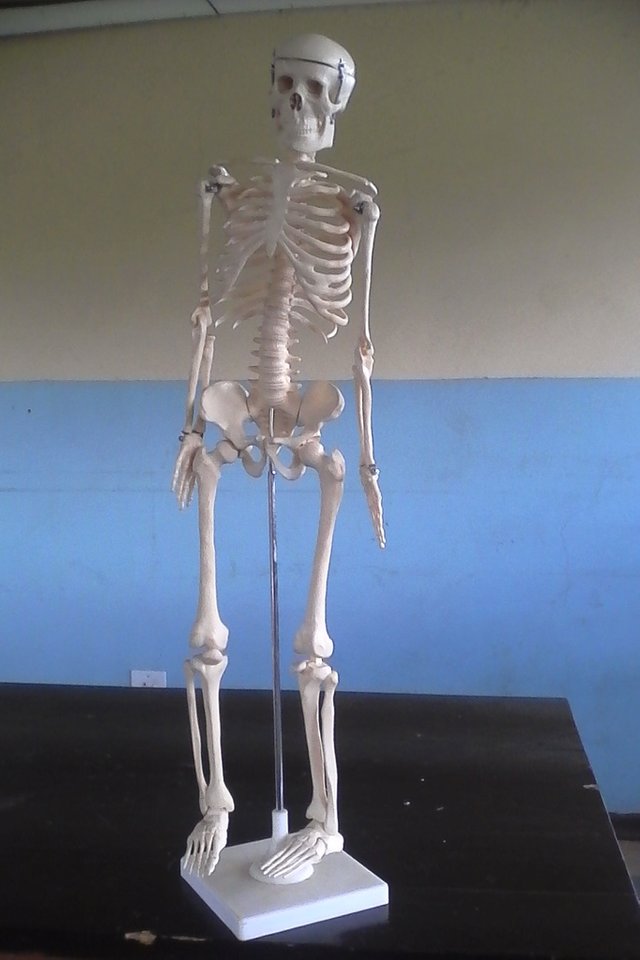
The central support for the entire body is the spine. It is made up of 26 linked bones, called vertebrae, which become progressively larger down the back.

The following picture shows a model of a spine. It is made up of spools joined end to end to represent the vertebrae as they are linked.Cardboard circles are also used to stand for the cartilage disks which act as shock absorbers between the vertebrae to prevent knocking together of the linked bones. Through the holes in the spools run a thread which stands for the nerves of the spinal cord. This thread allows this string of spools to lean in any direction just as the spine can do so.
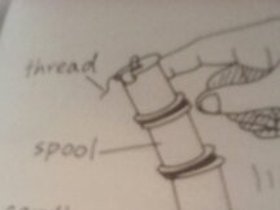
Without the flexible disk of cartilage, the vertebrae would grind together and one would not be able to turn, twist, or bend the torso without pain and damage to the vertebrae.
Bones are constructed to be strong yet light. They have a stretching strength almost as strong as that of cast iron, and weight for weight they are stronger than steel or reinforced concrete. Bones have different shapes depending on the work they do but all are made of the same material. The thin, tough outer layer of bones is called the periosteum. If bone breaks, it is this layer that multiplies and grows over the break, joining the two parts together again.
Under the periosteum is the hard, compact bone composed of living bone cells that encircle tiny canals called haversian canals. Blood vessels carry food and oxygen through the haversian canals to the bone cells.
The inner part of the bone looks like a honeycomb and is often called "spongy bone".
Some bones contain soft tissue, called bone marrow, which makes red blood cells.
The place where bones meet is called a joint.
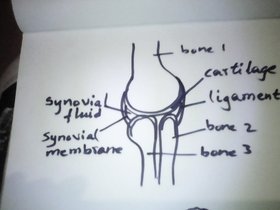
The bones are held together by tough, straplike strands of connective tissue called ligaments. The ends of bones are covered with cartilage. The joints are surrounded by a capsule of thin, slippery material that produces a lubricating liquid called synovial fluid, it is called a synovial membrane. The cartilage and lubricant prevent bones grinding together.
The pictures below show some of the joints present in humans:
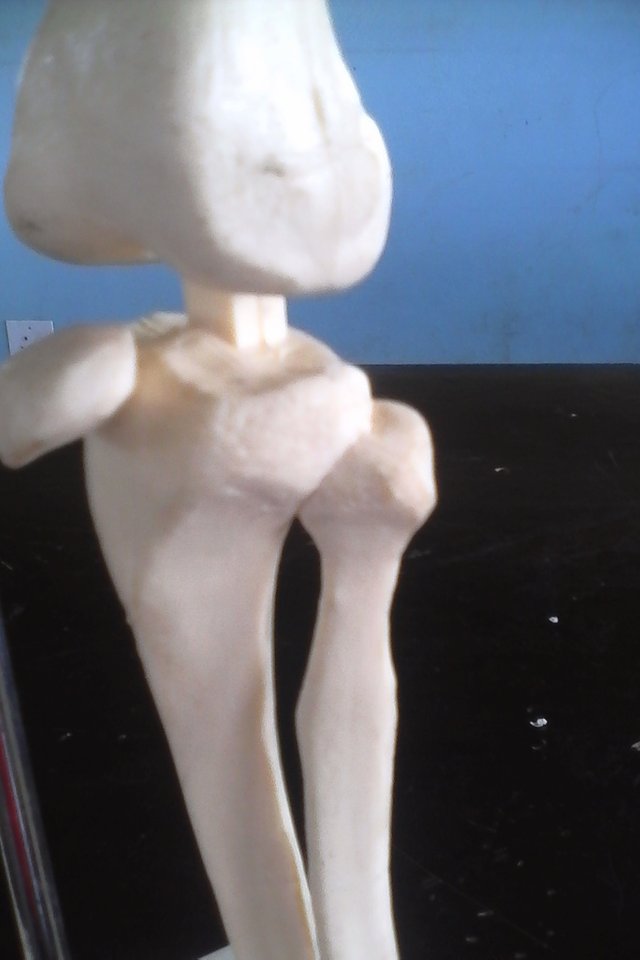
This one above is the hinge joint. It is found on the knee and on the elbow.
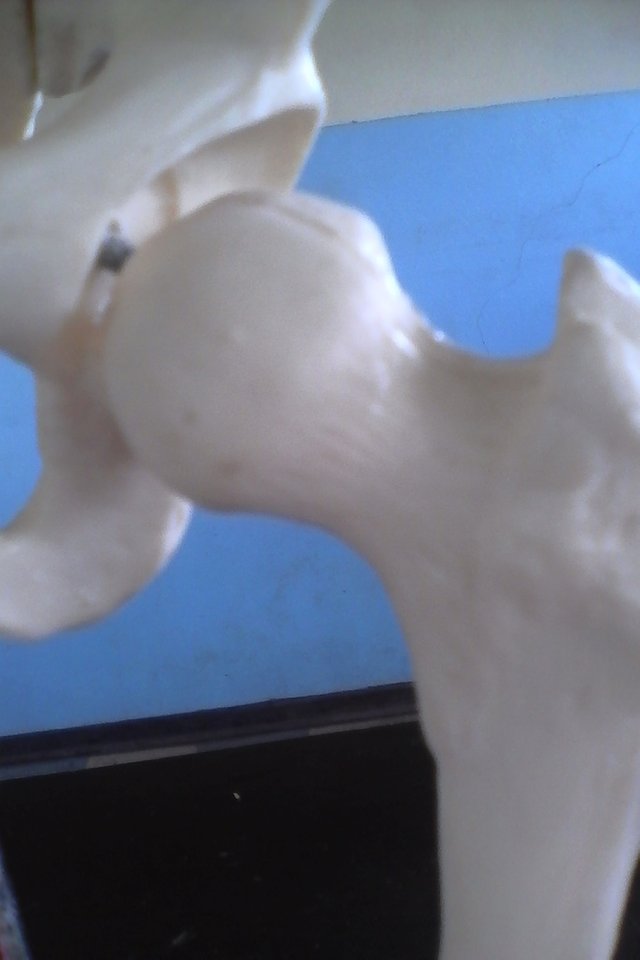
The one shown above is the ball and socket joint. It is found on the shoulder and on the hip.
Both hinge joint and ball and socket joint are movable joints. Immovable joints are found on the skull, and this is besause the skull protects the brain and the brain is very delicate and sensitive.
simple but very educative. Which I prefer. Nice.
Thank you for reading @markush
well researched...keep it up dear.
Thank you dear